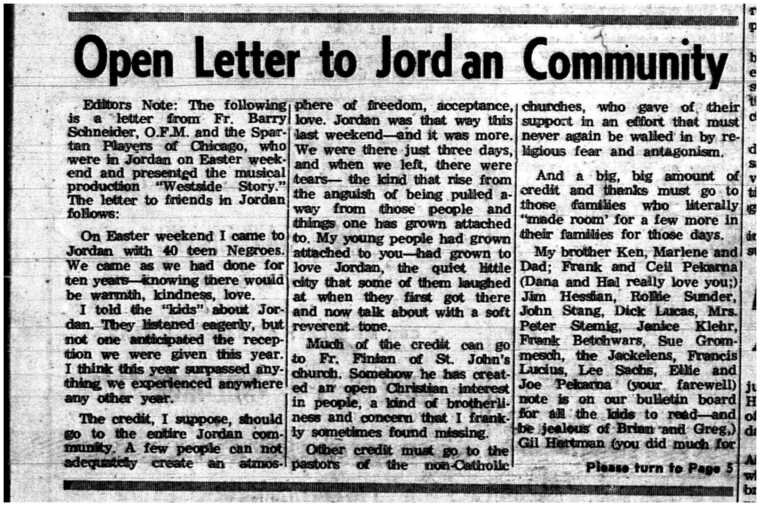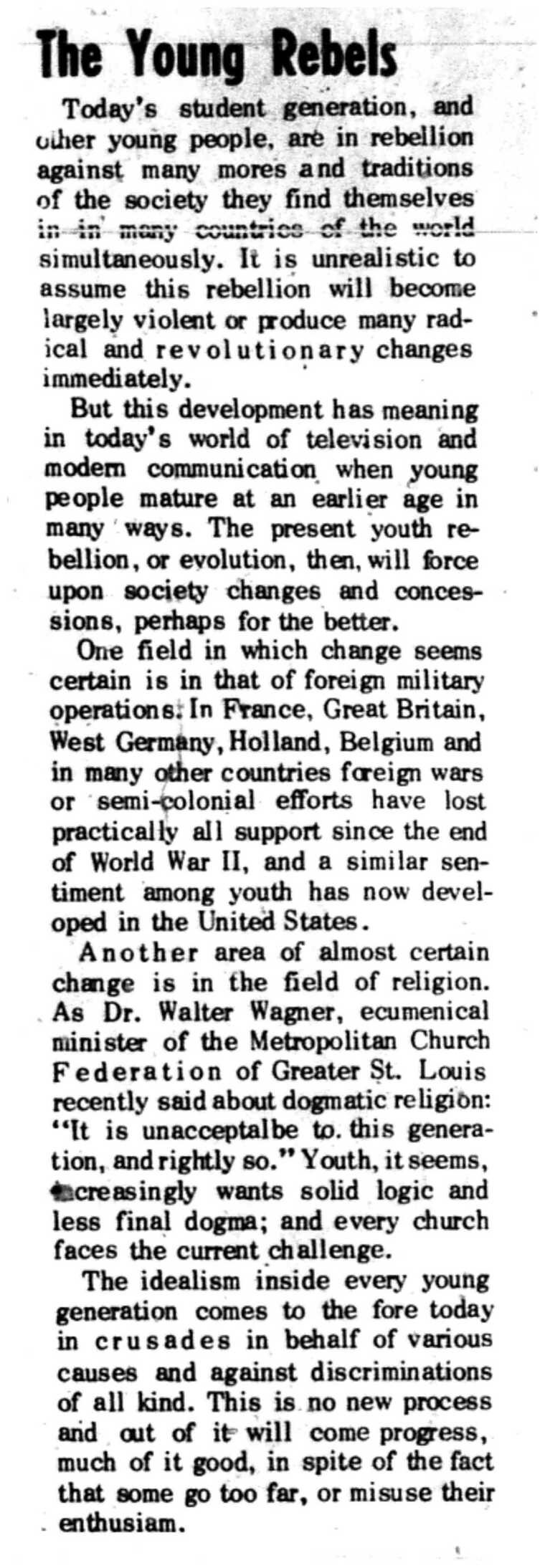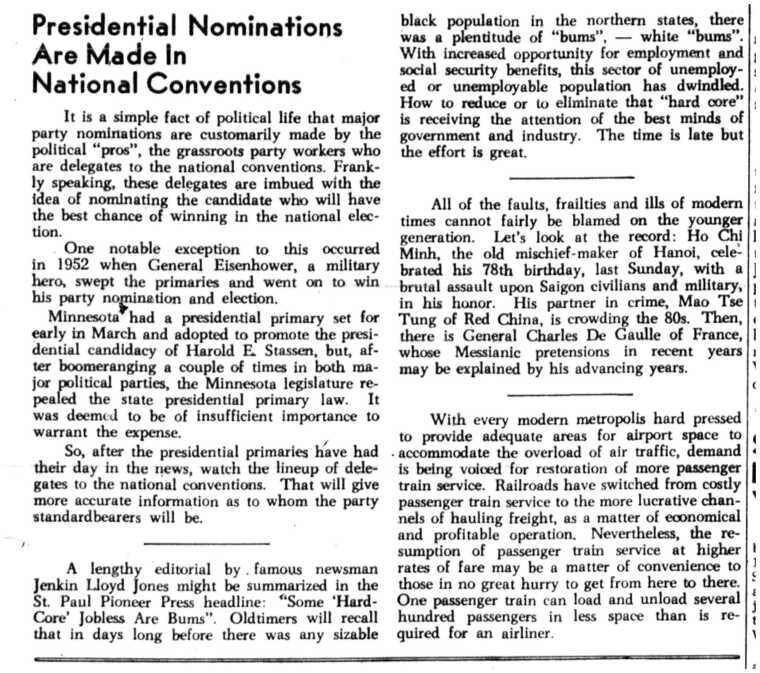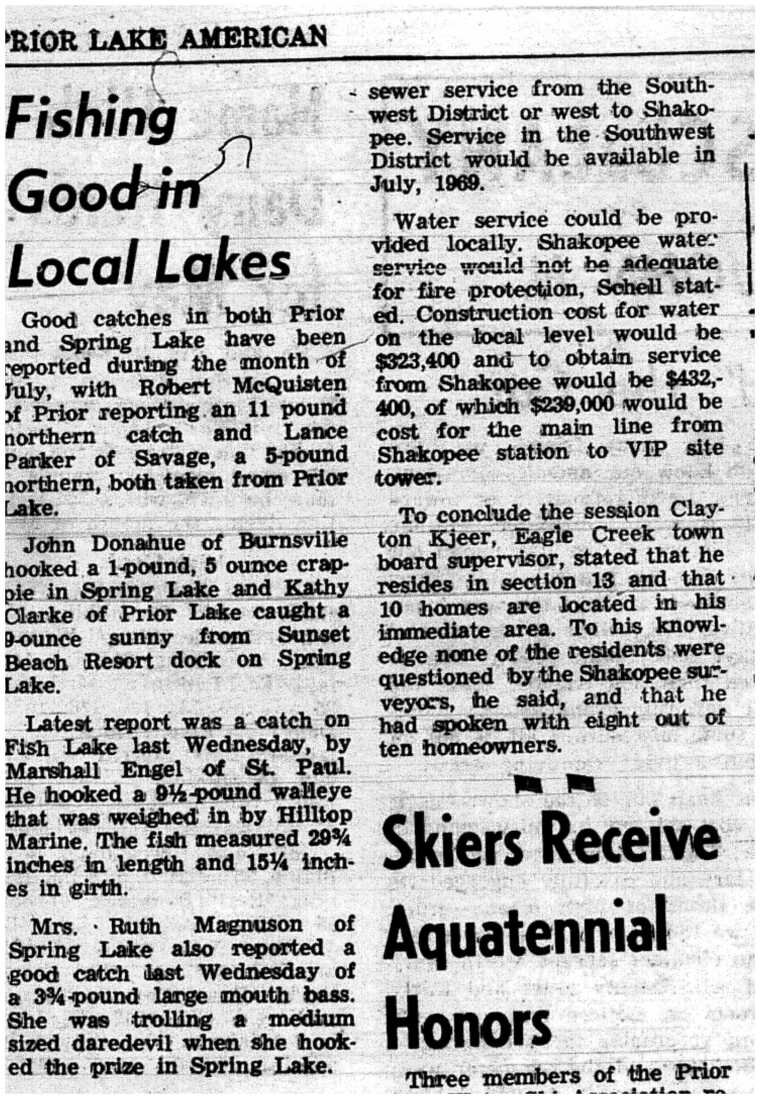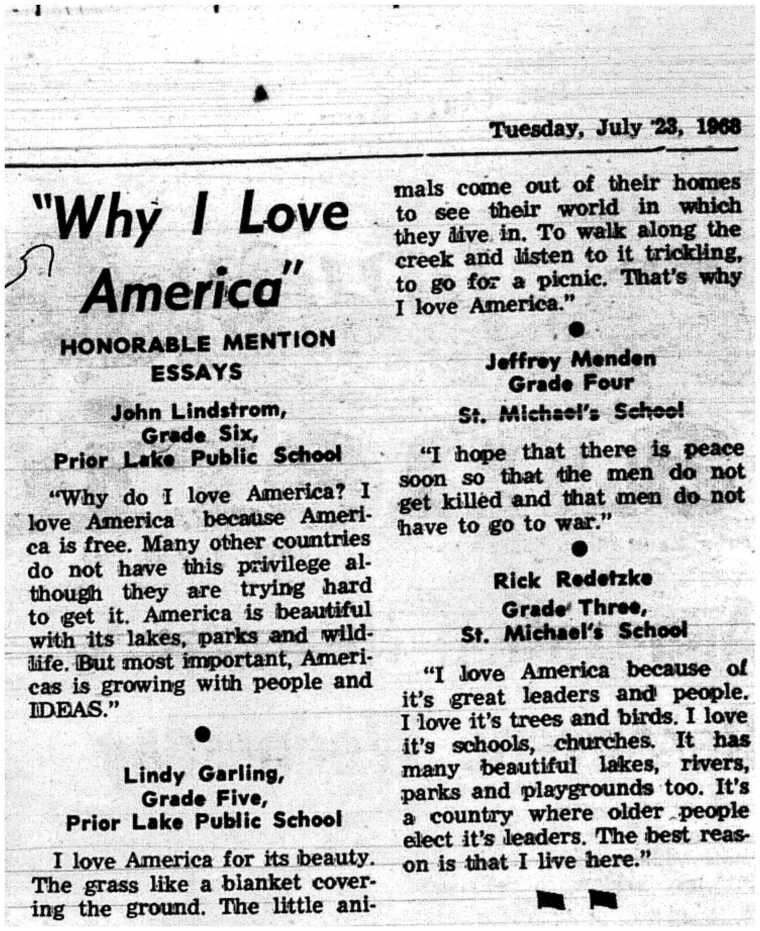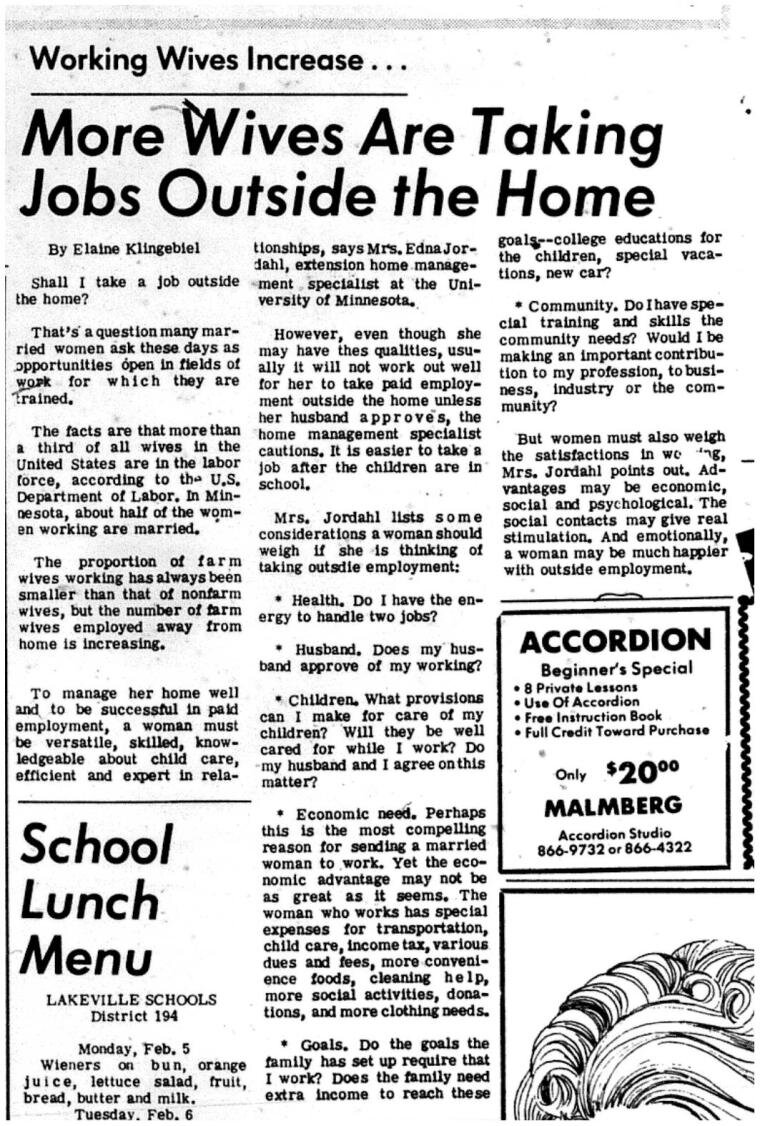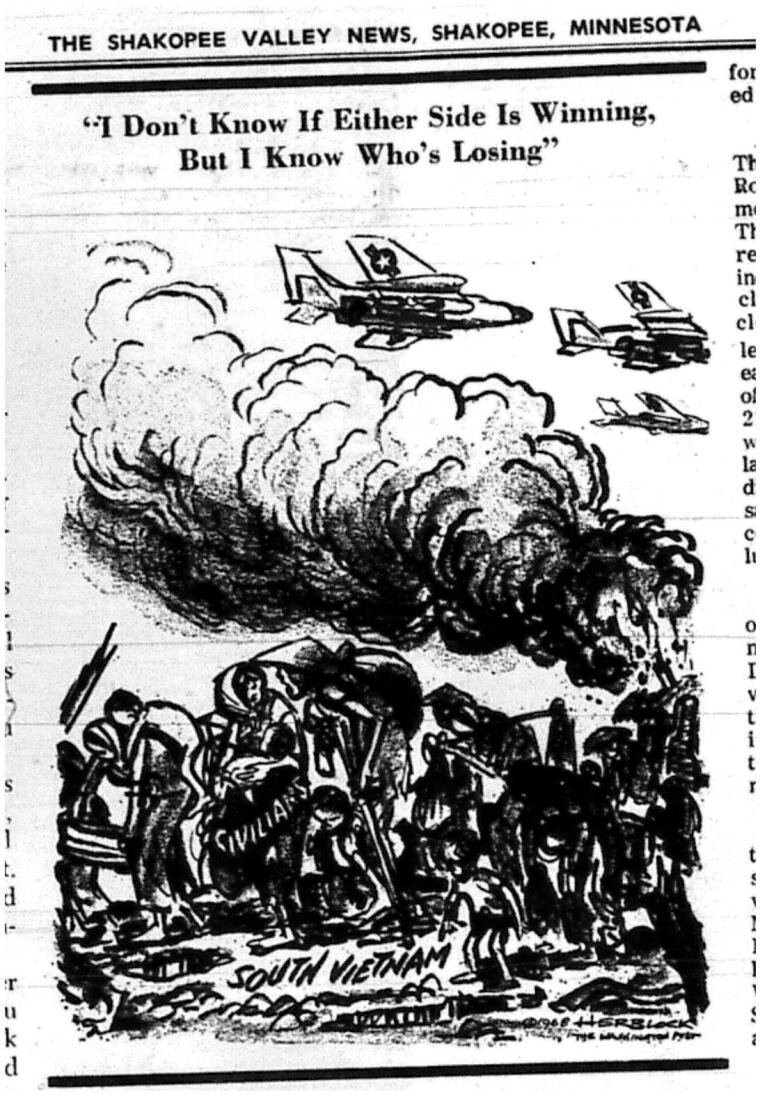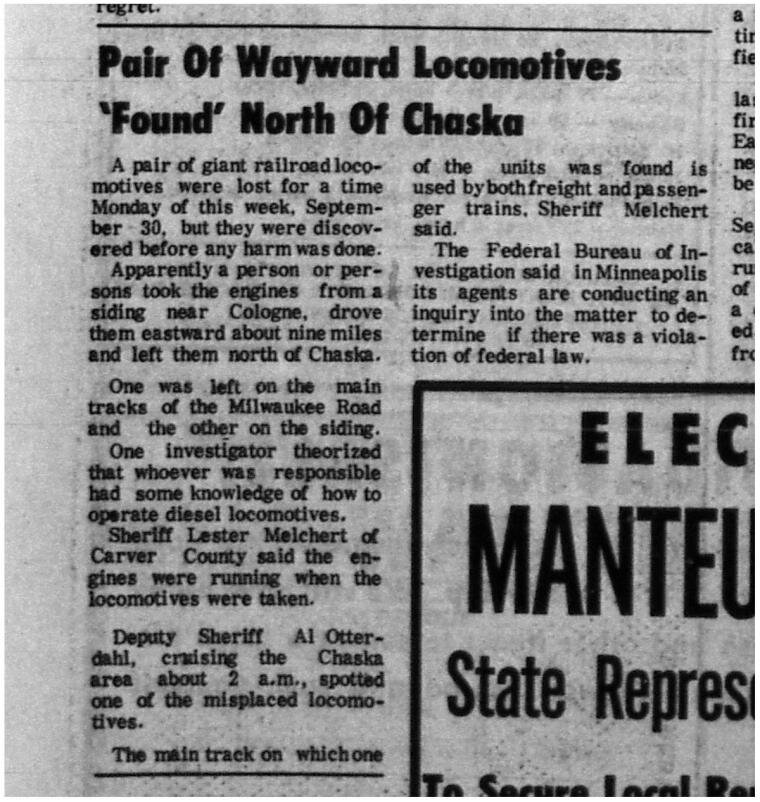by Charles Pederson
Every day, thousands of cars pass through the Minnesota city of Savage on state Highway 13. Drivers and passengers are intent on the traffic or on making good time. Not one in a thousand glances at the south frontage road at Xenwood Avenue. Why would they? They’d see only some scrubland, neat commercial buildings, a modest park, a historical marker. They might never suspect that those few humdrum acres had been a vital cog in the Pacific Theater war effort during World War II.
Wanted: Speakers of Japanese
In the late 1930s and early 1940s, Japan had steadily expanded its empire in southeast Asia. It needed raw materials for its industry. As punishment, the United States began to refuse to export especially oil to Japan. As pressure mounted, Japan decided it had to attack the United States before it declared war.
Negotiations were attempted, but by 1941, they broke off. The U.S. military began a search for qualified speakers of Japanese who could clarify enemy intentions. Surprisingly, a survey of 3,700 second-generation Japanese Americans (known as Nisei) found that only 3% were fluent, 4% proficient, and 3% could be made proficient with enough training. A further barrier was military leadership’s deep distrust about where the loyalty of ethnic Japanese lay.
Despite these handicaps, far-sighted officers in early November 1941 established an intensive Japanese language school on the Presidio military base in San Francisco. It came to be known as the Military Intelligence Service Language School (MISLS). To fill the ranks, MISLS recruited Nisei, Issei (immigrants from Japan), and Kibei (American-born Japanese who had been educated in Japan).
A scant $2,000 budget for the school was used to gather 60 students (58 Nisei Americans and two European Americans), along with 18 instructors in an unused hangar. English was the first language for many, but they volunteered anyway. Clearly, these patriots loved their country.
Panic Leads to Internment
A month later, on December 7, 1941, airplanes of the empire of Japan bombed Pearl Harbor. The anticipated war had begun.
Panic swept the nation as worries mounted about the loyalty of ethnic Japanese in America. In February 1942, President Franklin D. Roosevelt issued Executive Order 9066. It initiated the evacuation of all Japanese Americans and resident aliens of Japanese descent from the West Coast. About 120,000 U.S. citizens or resident aliens were abruptly imprisoned in 10 concentration camps in seven Western states.
Clearly, the government had overreacted. A 1982 U.S. government report noted: “Not a single documented act of [Japanese] espionage, sabotage or fifth column activity was committed” on the West Coast. Despite their treatment, many MISLS volunteers came from the camps and Hawaii.
Because of the ethnic makeup of students and instructors at the MISLS camp, Roosevelt’s evacuation order applied to them. The school had to move from the so-called exclusion zone. A new school was needed.
Minnesota or Bust
Several Midwest states refused to host the new camp, because of anti-Japanese feelings. Minnesota Governor Harold Stassen, however, offered a plot of land in Savage to house the school. The school commandant, Colonel Kai Rasmussen, believed that Minnesota would be more accepting of this ethnic group than some of its neighbors. He agreed to the move. In June 1942, Camp Savage was established.
Built in the 1930s, several buildings stood on 132 acres just west of downtown Savage. It had originally been constructed during the Great Depression to house workers in Roosevelt’s Civilian Conservation Corps (CCC). Later, the campus had been converted to use for men who were poor and elderly.
Now, the buildings were repurposed to train the men whom President Harry Truman later called “our human secret weapons.”
Camp and Coursework
The first class at Camp Savage had 200 students and 18 instructors. Students occupied about 15 to 20 barracks, each with cots and three coal-fired potbelly stoves for winter heating. Administration and other buildings also stood on the site. From the beginning, the wooden camp buildings seemed destined to be temporary. Larger buildings for social events were particularly scarce. In fact, an early camp dance took place in a dairy barn after the cows had been milked and sent out to pasture. Continually increasing numbers of students and instructors ratcheted the pressure on facilities.
Coursework was rigorous, with classes from 8:00 a.m. to 4:30 p.m., and again from 7:00 until 9:00 p.m. Students learned not only conversational Japanese but also Japanese military codes and terminology, army slang, and battle tactics and techniques. They learned to listen in on communications, interrogate prisoners, and understand several literary and handwriting styles. It was intensive work with only a few months to master it all.
Most students had to study hard not to wash out of the program. As diligent learners who wanted to serve the United States, they took sometimes extraordinary measures to pass the language course. Student Saburo Watanabe said that, after lights out, “you hardly saw anybody in their cots because they were all out in the toilet [where there was light]. They were seated in the toilet seats,” studying for Saturday exams. Those in their cots often studied by flashlight. This was such a common occurrence that officers had to keep an eye on students and make sure lights out meant lights out.
Still, there were simple pleasures. One student, Takejiro Higa, learning his brother’s military experiences in Mississippi, appreciated the fresh food, including milk and eggs. His brother got powdered eggs. In Minnesota, “summer months were nice and green,” added Higa. “You can roll around in the grass. Whereas Mississippi, hell, it’s sandy, it’s a dusty place.” On weekends, students might visit Fort Snelling, in Saint Paul, or downtown Minneapolis. One student remembered enjoying food at a Chinese restaurant near the Minneapolis bus station.
End of Camp Savage
Each new class of students was larger than the previous. For the final class, 100 instructors graduated 1,100 students. Finally, Camp Savage exceeded capacity. In August 1944, MISLS was moved to quarters on the military base at Fort Snelling. Two years after that, the school returned to California, with additional languages taught. A total of more than 6,000 students had graduated from MISLS.
MISLS linguists helped translate more than 20 million pages of documents and assisted at postwar war crimes trials. U.S. military officers stated that the students’ efforts shortened the Asian war by at least two years. The military’s tune had certainly changed from the mistrust and suspicion of the early years and Executive Order 9066.
The remains of Camp Savage are sparse—a small park with a historical marker commemorating the little-known history of WWII’s human secret weapons. A single camp building used by the Minnesota Department of Transportation (MNDOT). A city dog park, where visitors may have no idea of the history beneath their feet. But this unassuming landscape bore abundant fruit throughout WW II and beyond.





